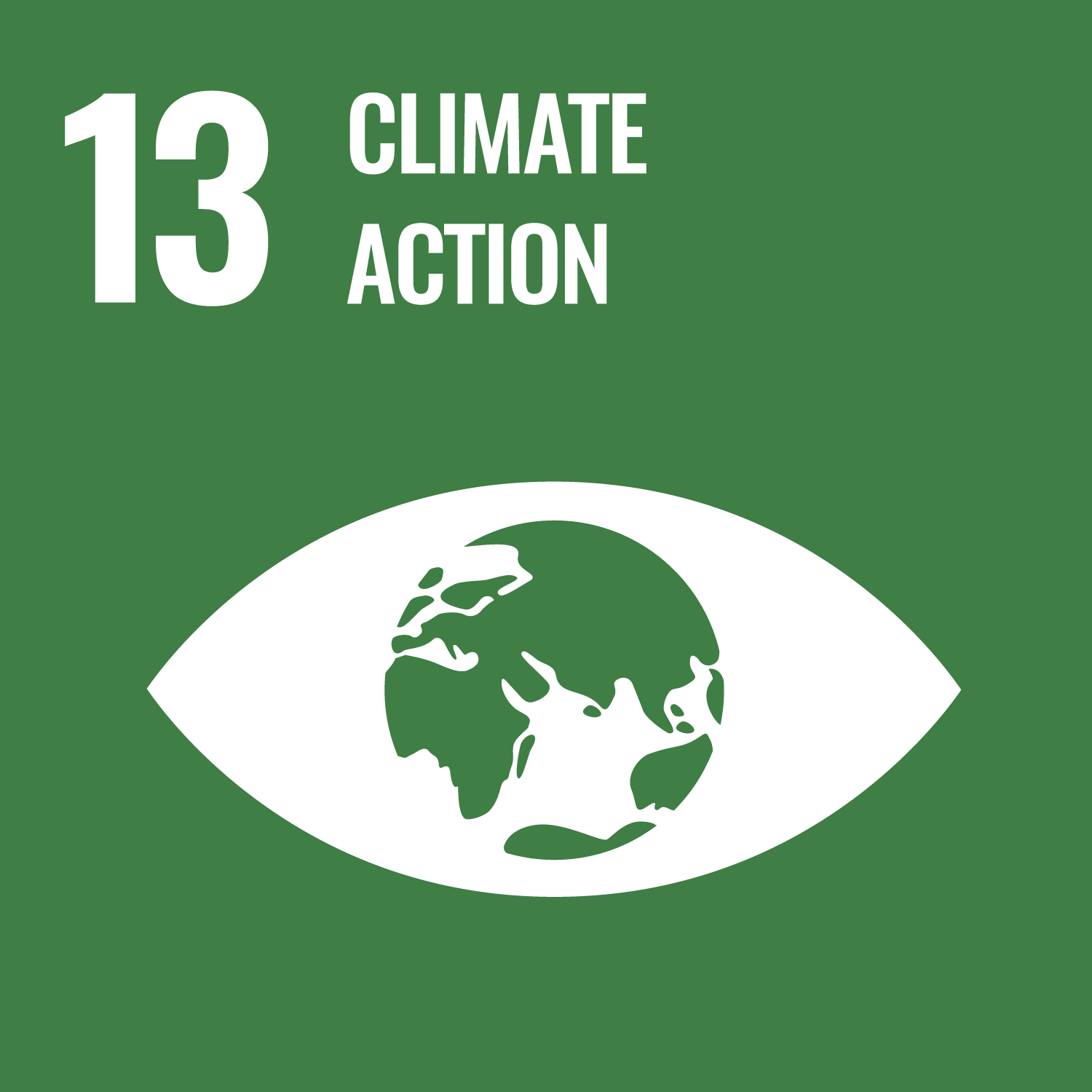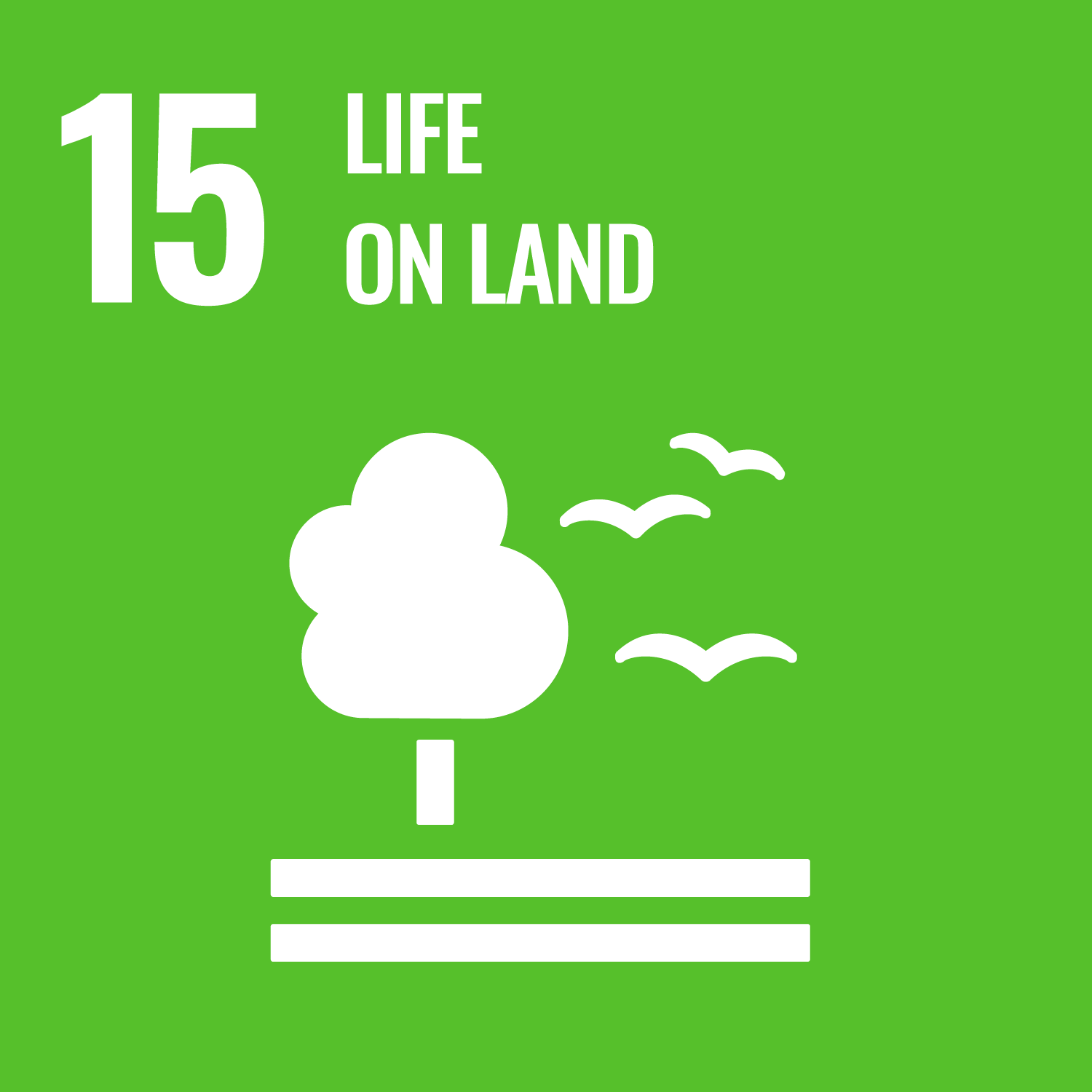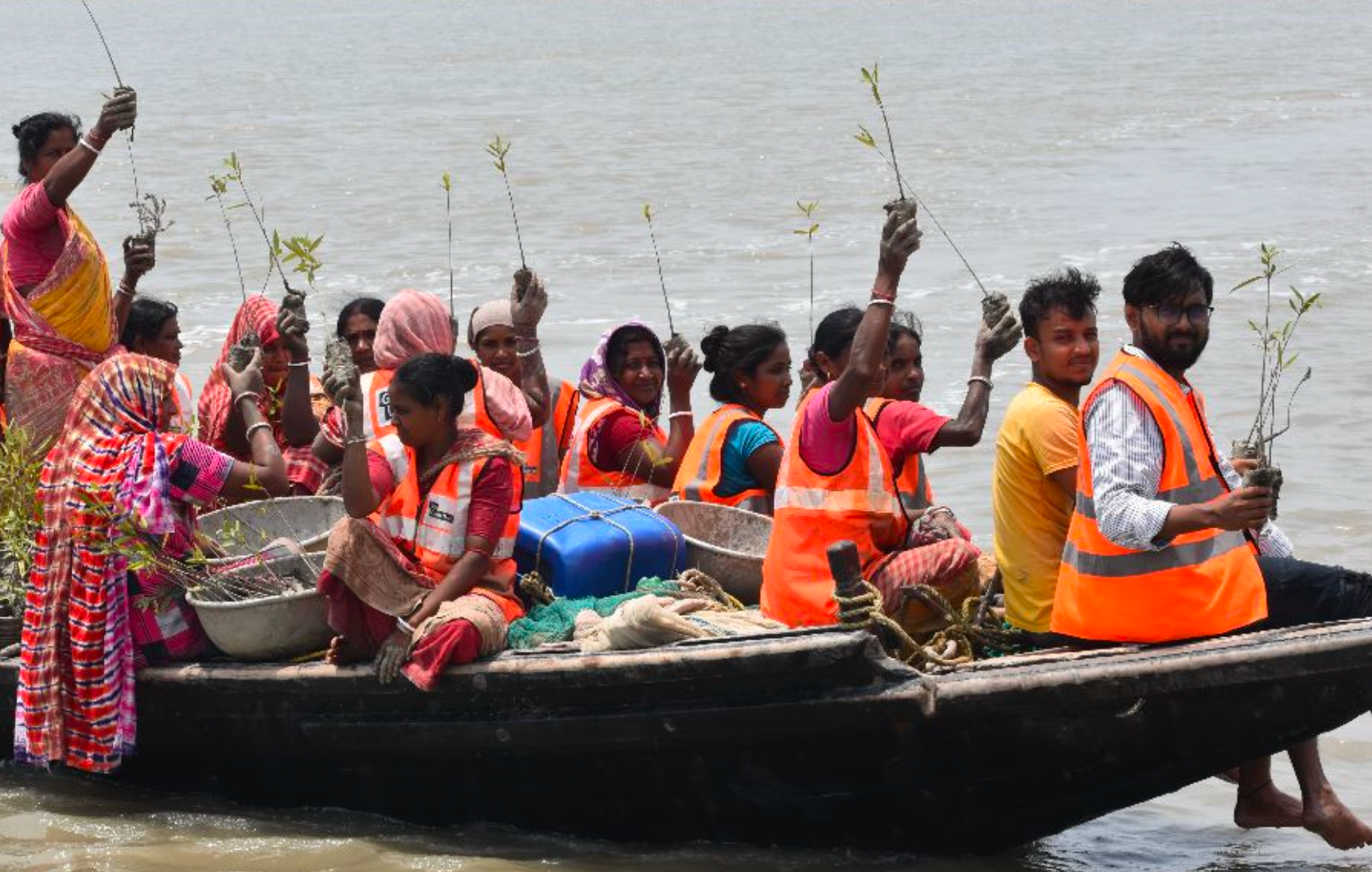
Mangrove Reforestation in Sundarbans, India
The Sundarbans is the world’s largest mangrove forest, a critical carbon sink, and a natural shield against storms and coastal erosion. But climate change and deforestation threaten its survival. This project will plant two million mangroves by 2026, restoring this vital ecosystem for people and wildlife.
Species planted
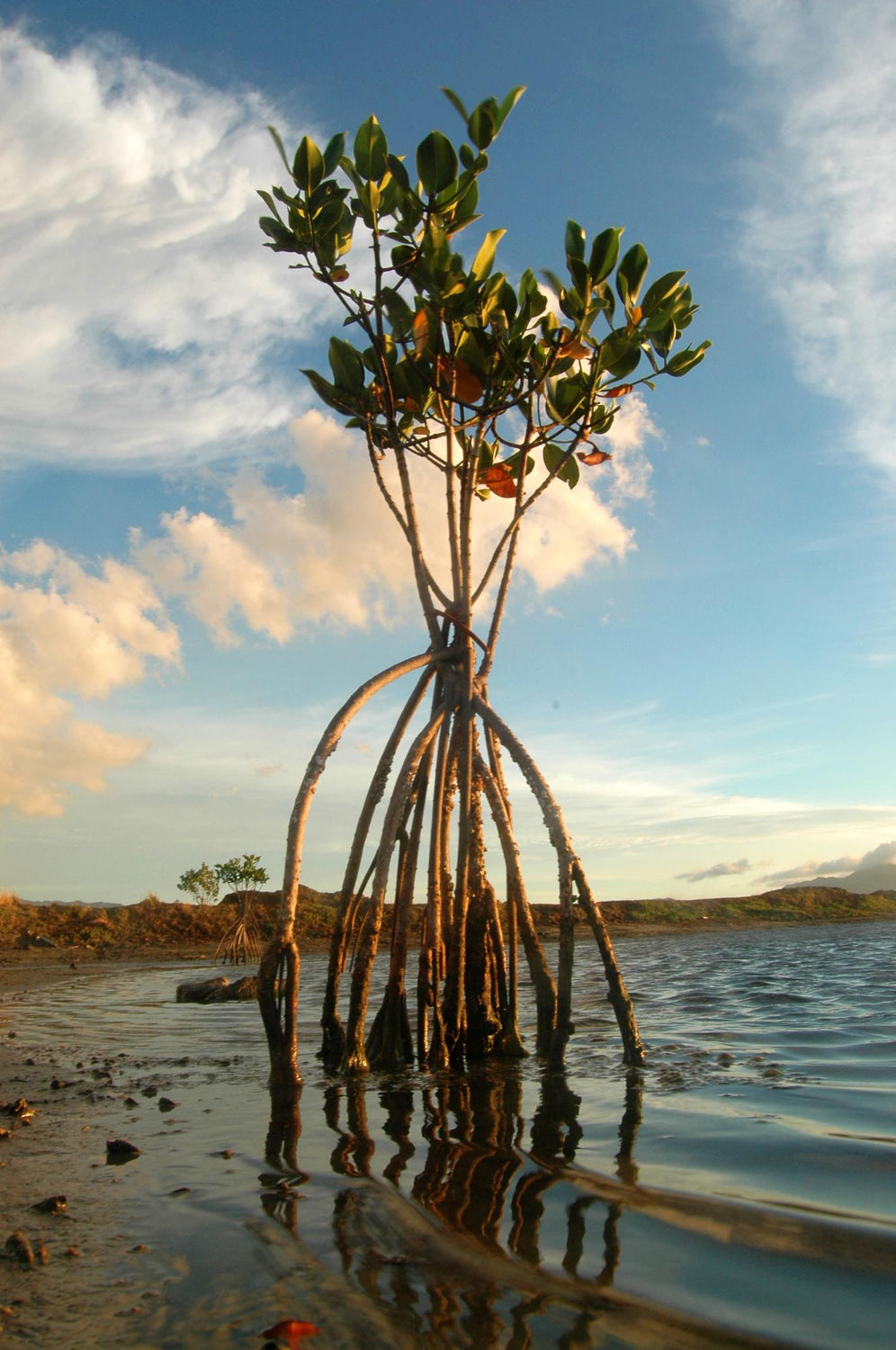
Mangrove
Project Impact
Climate Change Mitigation
The Sundarbans mangroves store millions of tons of CO2, helping slow climate change. These trees absorb up to four times more carbon than tropical rainforests. So far, 200,000 mangrove trees have been planted, with a target of two million by 2026. The project not only sequesters carbon but also prevents coastal erosion and rising sea levels from devastating nearby communities.
Support for Local Communities
Over four million people live in the Sundarbans, many in extreme poverty. This project provides employment to local villagers, including 35 women like Jashina, who previously had limited opportunities. Now, they earn a living by growing and planting mangroves and have gained confidence in advocating for environmental conservation. The restored mangroves also improve fisheries, ensuring a steady supply of fish and shellfish for local families.
Wildlife Conservation
The Sundarbans is home to endangered species like the Royal Bengal tiger, estuarine crocodiles, and millions of migratory birds. However, habitat destruction has led to increased human-wildlife conflict, with over three dozen tiger-related deaths recorded between 2020 and 2022. By restoring mangrove forests, this project helps create safer habitats for wildlife, reducing conflicts and ensuring biodiversity thrives.
Coastal Protection
The Sundarbans acts as a natural shield for vulnerable coastal areas, including Kolkata’s 4.5 million residents. Mangrove roots trap sediment, reducing erosion, while their dense structure absorbs storm surges from cyclones and floods. Planting more trees strengthens this defense, protecting villages from natural disasters that are becoming more frequent due to climate change.
Project location
Sundarban Mangrove Forest, India
Why plant in India
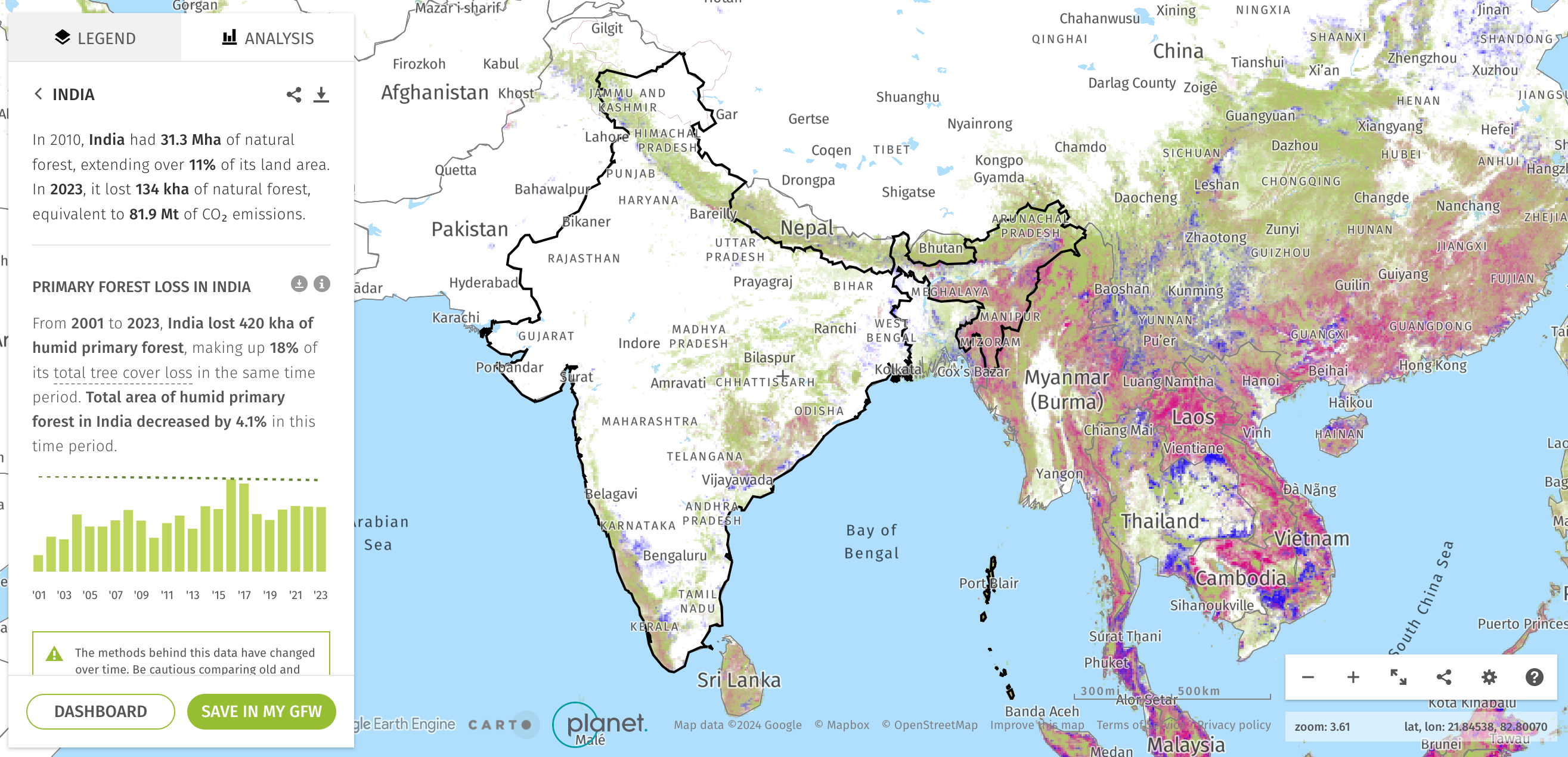
Project Details
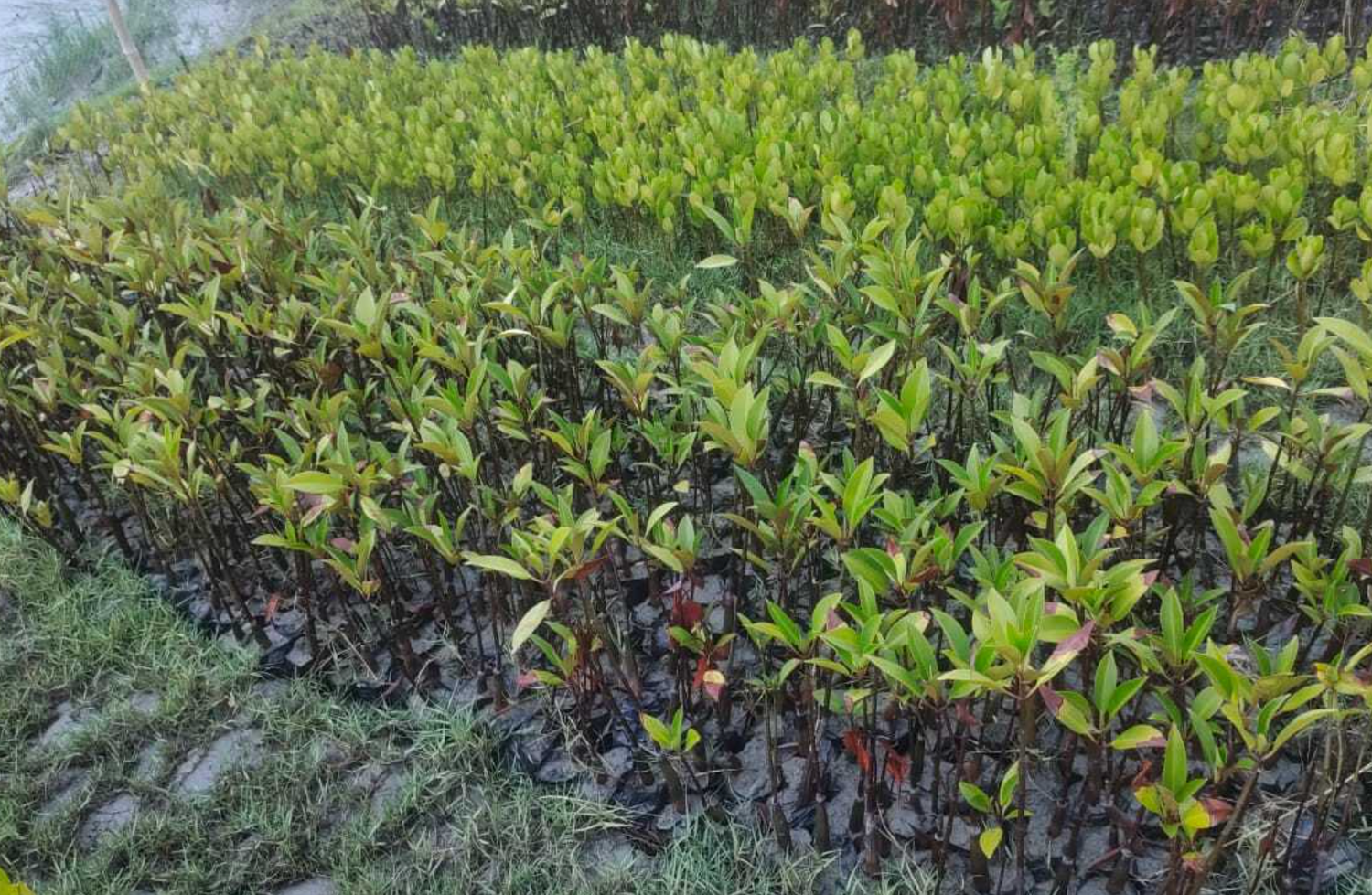
What are mangroves, and why are they important?
Mangroves are salt-tolerant trees that thrive in coastal waters, filtering pollution, protecting shorelines, and serving as nurseries for marine life. They store up to four times more carbon than rainforests, making them crucial in fighting climate change. In the Sundarbans, they provide habitat for endangered species like the Royal Bengal tiger and millions of migratory birds.
For local communities, mangroves are a lifeline. They provide fish, firewood, and medicinal plants while shielding villages from storm surges. Without them, coastal erosion and flooding worsen, putting lives at risk. Despite their importance, mangroves are disappearing due to human activity and extreme weather, making restoration critical.
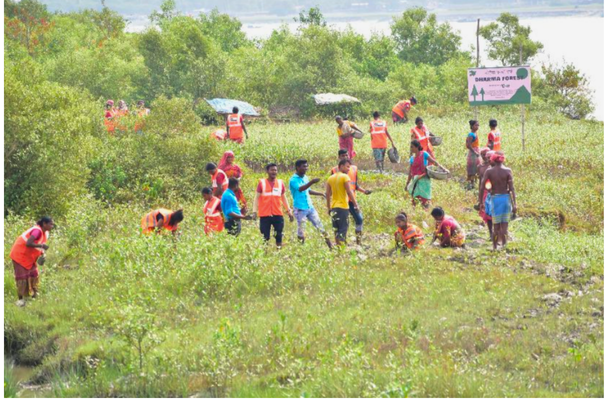
Why restore mangroves in the Sundarbans?
The Sundarbans spans 10,000 square kilometers across India and Bangladesh, acting as a massive carbon sink and storm buffer. But this ecosystem is in crisis. Rising sea levels, cyclones, and illegal deforestation have destroyed large areas, displacing wildlife and threatening millions of people who depend on the forest.
Habitat loss is also driving tigers closer to human settlements, leading to deadly conflicts. In just one year, over a dozen people were killed in tiger-related incidents while fishing or gathering resources. Restoring mangroves helps balance this fragile ecosystem—providing wildlife with safe habitat, stabilizing coastlines, and ensuring communities can continue their way of life.
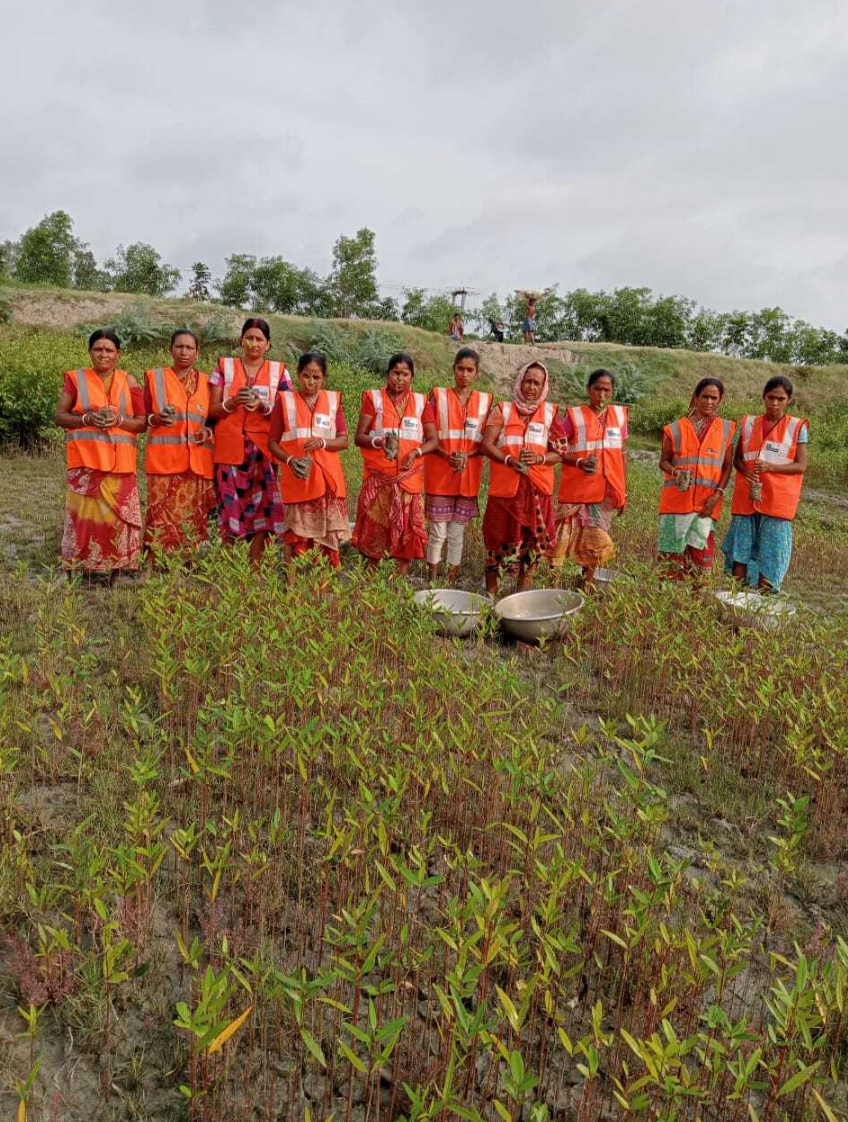
How is the restoration happening, and what challenges do workers face?
This project works with local villagers—especially women—to restore the mangroves. Seeds are collected, grown in nurseries, and transplanted when they reach 60-90 cm. So far, 200,000 trees have been planted, with a goal of two million by 2026.
However, planting in the Sundarbans is not easy. Workers travel by boat to remote locations, battling extreme heat, unpredictable monsoons, and the constant threat of crocodiles, snakes, and poisonous insects. Jashina, one of the women employed through this initiative, struggled to find work before joining the project. Now, she not only earns an income but has become an advocate for mangrove conservation in her community.
Despite the risks, these workers are determined. They know that every tree planted strengthens their future, protecting their families from floods and ensuring a sustainable environment for generations to come.
UN Sustainable Development Goals contributed to
The United Nations Sustainable Development Goals (SDGs) are a set of 17 interconnected global objectives aimed at addressing pressing social, economic, and environmental challenges by 2030. They serve as a blueprint for collective action, guiding governments, businesses, and communities worldwide towards a more sustainable and equitable future.
This project contributes to the following goals
Verification
For each tree planted with this project, the patron will receive evidence of the planting in the form of a photograph of the planted tree, species detail and the exact date and co-ordinate of planting. Patrons are welcome to visit their trees at any time.

